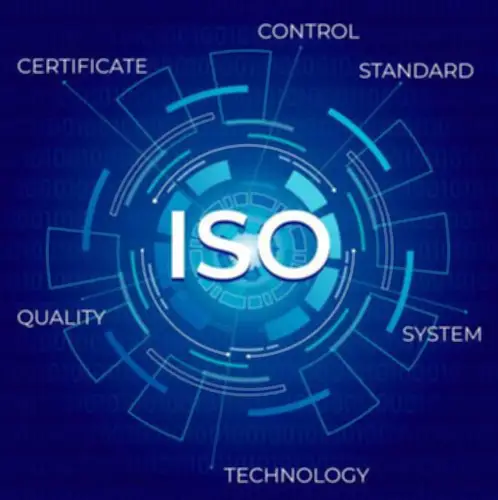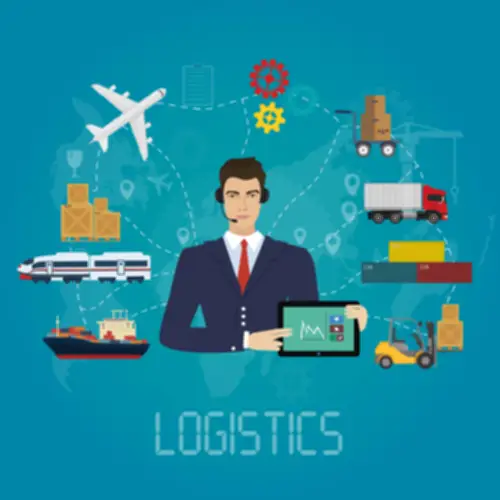What The Embedded-finance And Banking-as-a-service Tendencies Imply For Financial Providers
By opening up new markets and bettering customer experiences, embedded finance presents a big alternative to both financial service providers and non-financial firms in multiple industries. Embedded finance is drastically changing when, where, and the way https://www.globalcloudteam.com/ people work together with monetary services—and creates substantial alternatives for each monetary and non-financial companies to serve a wider market. In truth, 88% percent of companies that implement embedded finance report elevated buyer engagement, and 85% say it helps them acquire new customers. Balance sheet providers bankroll and assume the risks for the financial merchandise that know-how companies then perform with customized APIs and other tools for his or her distribution partners. Merchants improve buyer retention and loyalty by supporting the complete consumer journey inside their very own platform, and develop new revenue streams via a share of the revenue generated by their embedded finance suppliers. Large retail banks and bank card networks are poised to take benefit of anticipated changes in the regulation of BNPL schemes.
The Flexibility To Supply Larger Control And Safety

Shopify Pay, which permits customers to keep away from wasting their fee info for later use, is a main example. By making the checkout process embedded payments trends four occasions sooner, Shopify Pay increases checkout-to-order rates 1.7 times—showing that added comfort plays a big position in stopping customers from abandoning their carts. Companies have various methods to embed digital insurance options, most via partnerships with fintech firms. These fintech firms construct insurance coverage choices into the checkout circulate, enabling consumers to determine on insurance as an ‘add-on’ to their buy.
- On the flip aspect, if you have been the developer of a university-selection app, it might be inconceivable to offer loans.
- The word “embedded” actually means “to repair something firmly and deeply in one thing else”, and thus embedded finance ends up translating to fixing or attaching monetary offerings to a non-financial offering.
- One high-profile instance is Apple’s forthcoming BNPL provide, which is ready to enable US buyers to pay for purchases in four instalments.
- Consumers can now entry banking providers from anyplace on the earth at any time, with the ongoing transformation of banking changing into an trade standard.
Increased Income And New Income Streams
Understanding and monitoring these tendencies can help banks, and these who hope to work with on embedded finance, identify opportunities and guard in opposition to threats. To cite only one statistic, embedded finance accounted for $2.6 trillion (nearly 5%) of US monetary transactions in 2021. You can finance your purchase in a matter of moments, and not using a onerous credit examine or a card to pay. Goodfynd makes use of embedded payments, too — customers can pay for their food with Google Pay, Apple Pay, PayPal or card. Embedded finance speeds up the processing of monetary choices for corporations, Chang mentioned.
What Are Examples Of Embedded Finance?
Embedded finance presents alternatives for partnerships and innovation throughout monetary establishments, technology corporations and non-financial distributors. This change isn’t only right here, however it also is accelerating, influenced by factors exterior monetary providers, including tech innovation, non-financial services model strength and experience-focused shoppers. Players need to start serious about the position they want to play in this new distribution mannequin. Beyond the benefits for shoppers and finish customers, embedded finance provides opportunities across the worth chain, together with further knowledge insights, adjacent providers, elevated belief, tailored products and customer loyalty. According to a research, every Indian spent 4.7 hours on their telephone per day with a cumulative total of 7.6 billion hours on shopping apps in 2021. However, whereas individuals can explicitly identify themselves as customers of the products they buy, they also implicitly turn out to be consumers of latent financial choices like funds, insurance, financing, etc.
What Is The Way Ahead For Embedded Finance?

However, a freelancer marketplace or expense-management platform don’t and aren’t. In the vast majority of instances, they’ll need more than a pure BaaS supplier because the regulatory features are too much of a hill to climb for them.Just how popular are BaaS suppliers with fintechs? 82% of Europe’s fintechs companion with a BaaS supplier and the latter enable an average 45% of their overall revenues, in accordance with research by Datos Insights. Embedded finance brings monetary providers to the precise moment it is needed, as an alternative of being a wholly separate a half of a consumer’s life.

Embedded Finance Wants Specific Capabilities
These revenues are composed of transaction charges throughout debit and credit cards, which account for the majority of platform revenue, and SaaS fees charged to the platforms, which account for the majority of enabler revenue. Debit transactions compose the biggest share of card issuance and transaction volumes, while the credit score market stays small, with a restricted number of enablers serving it. In 2021, US customers and companies poured $2.6 trillion in transactions through embedded financial companies. When consumers tap “confirm” on a rideshare app, they are normally too busy scanning the road forward to suppose about the technical acrobatics occurring in the blink of an eye fixed. When they click on “pay now” in their online shopping cart, they hardly ever respect the feats of engineering happening within the background. The rise of embedded finance marks a new period, not only for banking transactions but additionally for the way shoppers and companies build and handle relationships with financial companies extra broadly.
They’re also obtaining access to immense volumes of buyer knowledge that can probably enrich relationships and drive new product choices. Incumbent banks are more and more missing out on revenue opportunities and knowledge streams. In the approaching years, payments are estimated to make up a third of banking income and roughly 90% of useful buyer knowledge. But within the battle of the rails, banks have emerged as solely considered one of a number of important players. In the US, the place funds are regulated state by state, PayPal leads a diverse panorama of corporations that both course of funds and provide fee gateways.

By 2026, this market will grow to between $80 billion and $90 billion, with negligible development of PoS transactions general however an increasing share turning into embedded (see Figure 8). Decentralized finance, usually shortened to DeFi, aims to use blockchains, good contracts, and cryptocurrency to make financial methods extra open, global, and accessible with out the need for central authorities through automated processes. DeFi, therefore, seeks to build alternative monetary rails utilizing decentralized technologies, which some proponents suppose removes intermediaries between a buyer and another person providing companies. Banking executives ought to consider how their establishment can stay relevant and worthwhile if more fintechs, and especially big-techs, secure banking licences. Some of today’s key compliance challenges, like know your customer (KYC), are becoming more manageable due to the savvy use of AI, and regulators are beginning to take discover.
The UK-based on-line retailer Very developed from a shopping catalogue enterprise in 2009. Over a 7-year span, from 2016 to 2023, the “buy now, pay later” (BNPL) share of e-commerce gross sales in seven European markets surged from 2 to 10 p.c. This progress was mirrored by e-commerce’s rising share of retail sales, further solidifying BNPL’s rise in the whole payments mix for retail gross sales.

A study from Marqeta found almost 42% of survey responders use each traditional and digital banking suppliers, and the identical study discovered 86% of U.S. cellular pockets customers have made purchases via a retailer’s embedded cell app. By 2026, we anticipate B2B payments to achieve $33.three trillion, with embedded funds taking a considerably higher share as patrons shift to eCheck, virtual playing cards, and value-added ACH to streamline operations and simplify AP/AR reconciliation. During this time, the B2B embedded payments market will almost quadruple from $0.7 trillion to $2.6 trillion, with revenues rising proportionally from $1.9 billion to $6.7 billion (see Figure 6). Another challenge is knowing the position your organization would play within the ecosystem. For example, service providers present entry to the tech stack, while license holders, similar to banks or e-money establishments, help with the regulatory covering by carrying out monetary actions and controlling the basic infrastructure. This strategy democratizes and clarifies investing for average customers by embedding it into platforms they already use for other financial providers.
By offering monetary services within their present ecosystems, companies can present a more convenient experience, reducing customers’ need to navigate a number of platforms and increasing their engagement with the first platform or product. Non-banking platforms that serve as the first touchpoint for purchasers through a variety of easy-to-use, instantaneous and customisable purposes are causing significant implications for banks’ enterprise models. In our report Retail Banking 2025 and Beyond, we discussed new pathways which have developed in the embedded finance landscape, which provide customers with a frictionless experience when they access financial services. Integrating financial services into digital platforms, embedded lending, and investing offers consumers quick access to credit and investment options.
Customers who companion with us can expertise faster and more predictable go-live dates, stickier products that get higher engagement, and strong income streams. Now, companies can provide purchase now, pay later providers where the consumer can get the product instantly but pay for it over time in installments. For instance, Afterpay provides a purchase now, pay later choice of 4 interest-free installment plans.
If the customer accepts the quote, Walnut, a licensed insurance dealer, facilitates the acquisition. This improves the client expertise by streamlining the insurance purchasing course of. Embedded insurance coverage at the in-store checkout is nothing new, however fintech has facilitated its unfold to digital marketplaces. Embedded insurance permits users to purchase insurance coverage on online purchases on the point of sale. It’s offered when and the place people need it, with no need for a separate engagement with an insurance company or agent—and generally with multiple aggressive choices.

